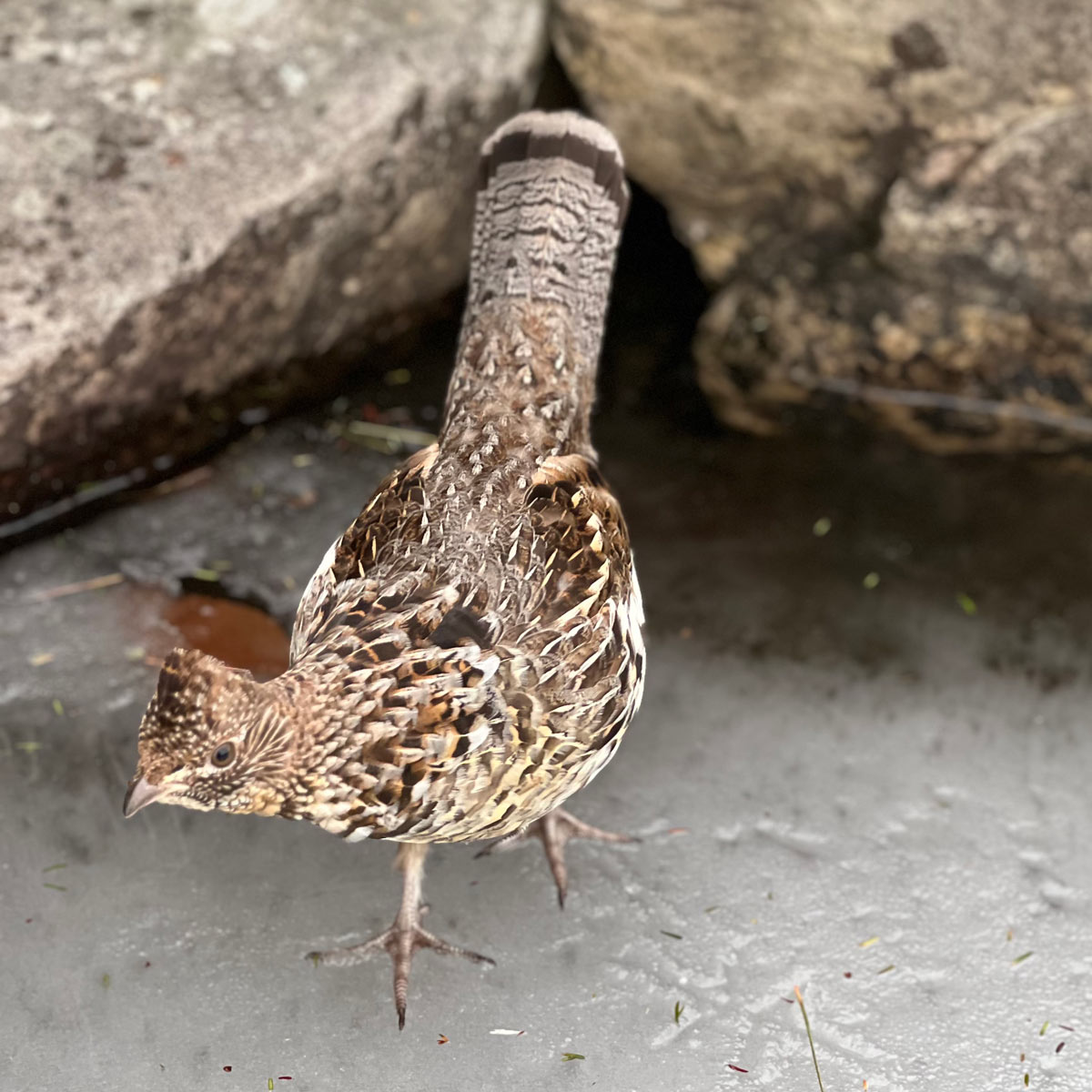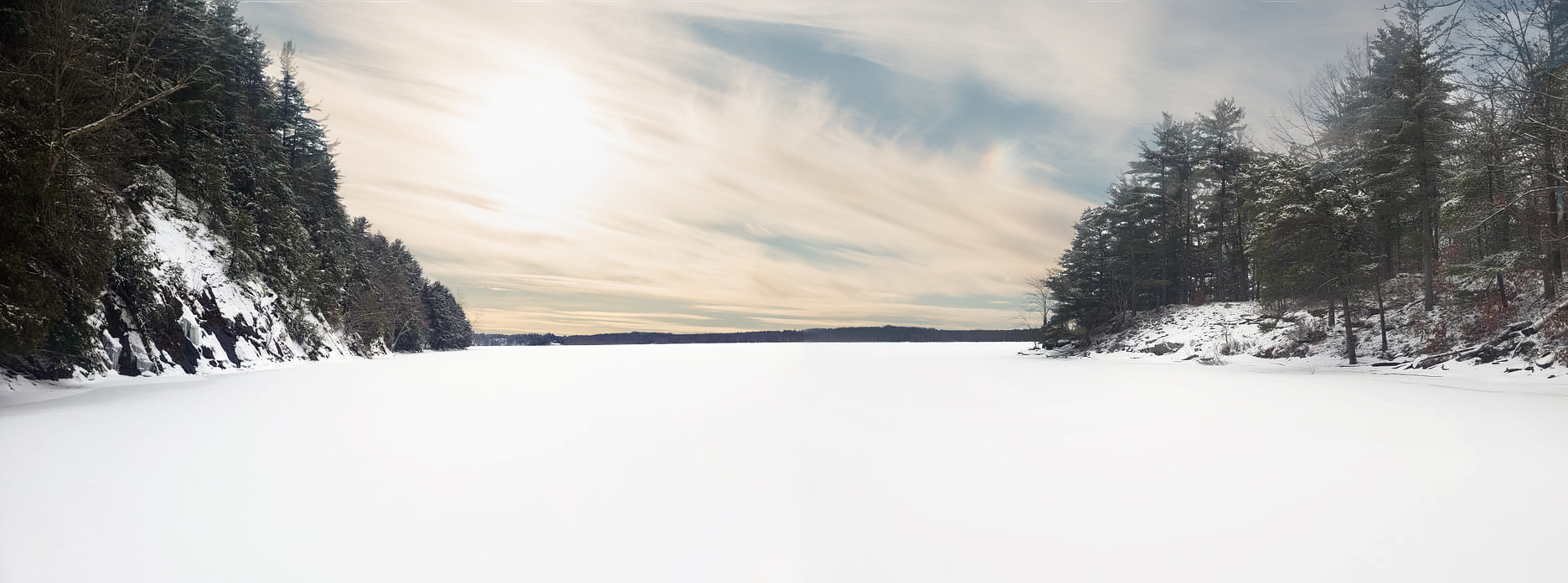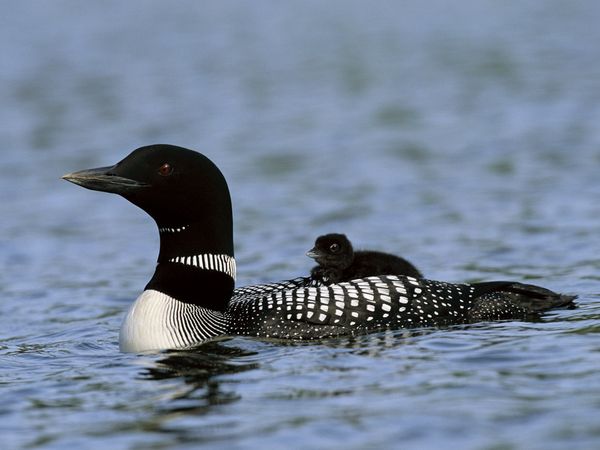What's New

Red Lake Preserve is a special place. The thriving natural shoreline protects water quality and the view of Red Lake is spectacular. Thank you to all those who donated time and funding to ensure this property is conserved for wildlife, for people, forever.
This 116-acre property contains diverse wetland, riverine and forested natural communities. This mosaic provides habitats for a great diversity of avian species of concern including waterfowl, shore birds, marsh birds, raptors and forest songbirds. This property is adjacent to Red Lake off Honey Hill Road. It is comprised of 99 forested acres, 15 acres of wetlands and 4 acres of grasslands. The parcel also features approximately 2,550 feet of shoreline on Red Lake and 3,000 feet of road frontage on Honey Hill Road.
The geology of this property allows it to contain various habitats. Elevations range from just over 500 feet to just under 310 feet. The elevation changes along steep, rocky ridges providing habitat for various herbaceous plants such as wild ginger, bloodroot, and American ginseng.

Red Lake Preserve View of the Lake by Rob Sartwell
The forested acreage features many different tree species typical to the Indian River Lakes region. The trees on the property have not been cut in 100 years. Observed tree species include white pine, stripped maple, sugar maple, paper birch, yellow birch, hemlock, red oak, red maple, shagbark hickory, eastern hophornbeam, silver maple, ash sp., American beech, black cherry, white oak, red pine, red cedar, and juniper. In addition, this preserve provides high-quality breeding habitats for American Woodcock, Golden-winged Warbler, Cerulean Warbler, American Bittern, and Northern Harrier.
This tract also provides excellent habitat for many other species including; white-tailed deer, grey fox, coyote, red fox, bobcat, fisher, porcupine, wild turkey, bat sp., raccoon and ruffed grouse.
The wetland acreage is mostly comprised of a large beaver pond that has since started converting to a sedge meadow, with some beaver activity present. Dead standing trees occur throughout the meadow, providing roosting habitat for the Indiana bat as well as high-quality brood-rearing, molting, and post-breeding roost habitat for Wood Ducks. American bittern are also known to breed in the wetland. Evidence of other species included river otter, mink and muskrat.
A strip of red maple separates the meadow from a shallow protected bay. A steep ridge dominated by red oak stretches from the mouth of the bay, parallel with the lakeshore between the meadow and the lake. The lakeshore is comprised of boulders and cobblestones with a flourishing plant community of various grasses, sedge, herbaceous plants, juniper and cardinal flower. The natural rocky shoreline provide excellent feeding habitat for diving ducks such as lesser/greater scaup, merganser sp., Common Goldeneye, Bufflehead and Redheads. Various dabbling ducks are also known to utilize the shoreline such as Mallards, Northern Pintail and American Black Ducks. Walleye, largemouth bass and smallmouth bass are also known to be found along the shoreline and spawn in the bay.

